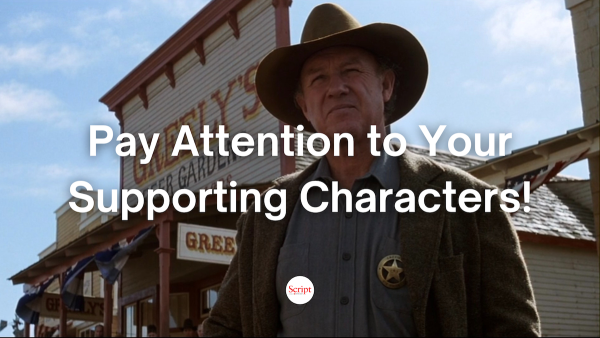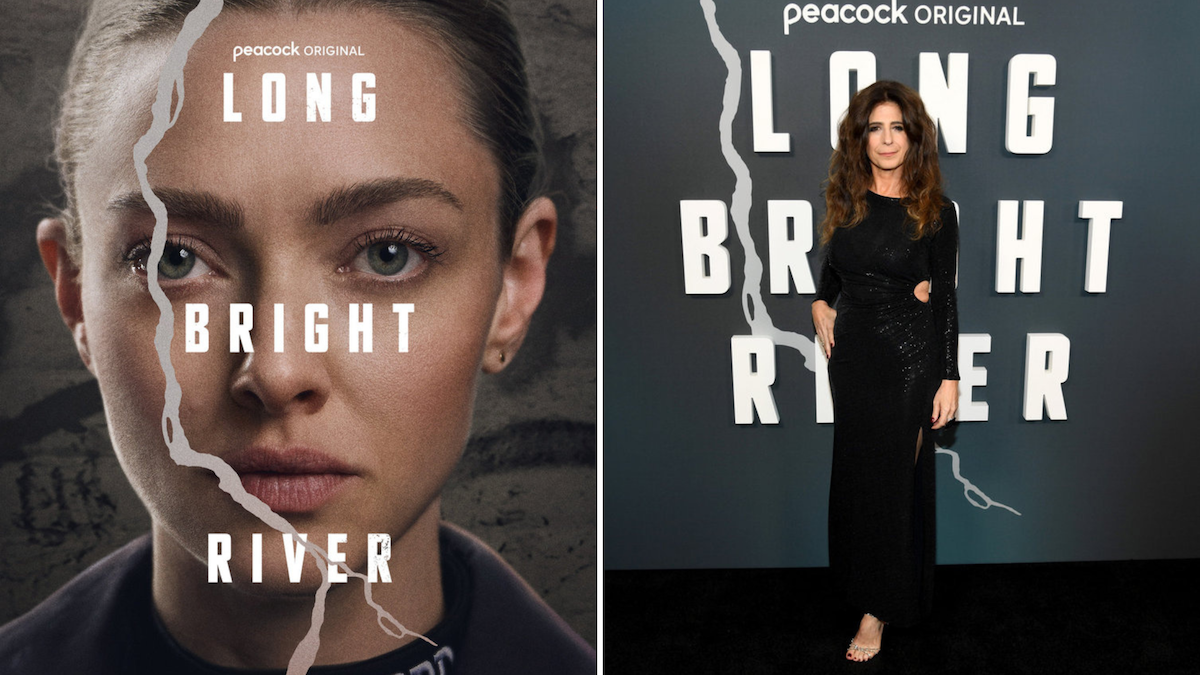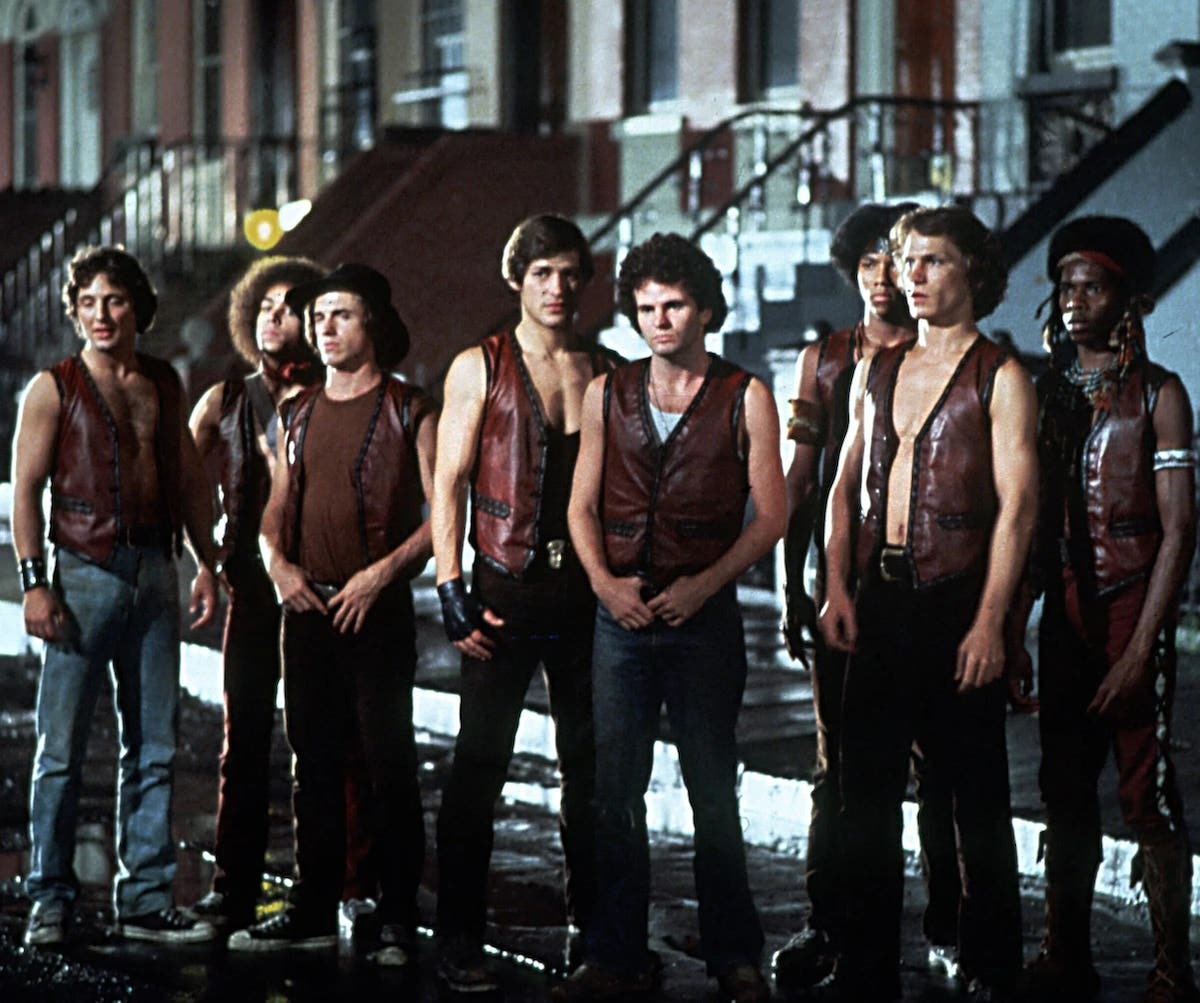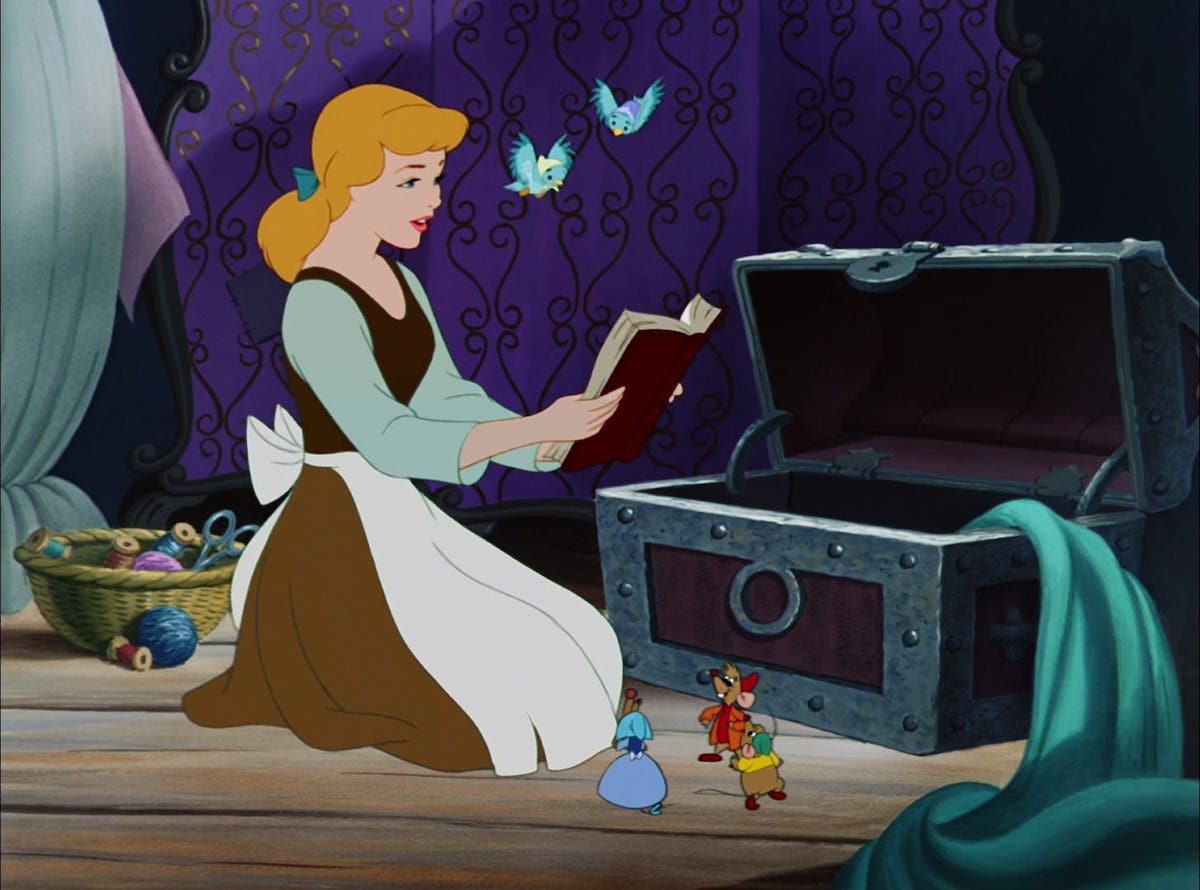Column D: More Sausage – The Screenwriting Process, Part 2
In my previous post, I wrote about the three stages of screenwriting. In this one, I want to focus on the third of those stages – namely, re-writing. I think…
In my previous post, I wrote about the three stages of screenwriting. In this one, I want to focus on the third of those stages – namely, re-writing.
I think that for most screenwriters, this is probably an individual thing. I’m not certain that it's something that can even be taught. The best I can offer is an approach I’ve used and one that I think might be beneficial for you to try.
Let me say at the outset that once you finish that first draft, you will never again have “fresh eyes” with respect to your script. The closest you’ll ever come to that is reading it for the first time after that first draft has been completed. And that is something you should take maximum advantage of.
To get the most out of that one opportunity, I recommend that you put that first draft aside for at least two weeks after its completion. Longer if you can. Don’t even think about it. Go off and do something else entirely for whatever period of time that is. Start thinking about a new script. Read a novel. Take up ballroom dancing. Whatever. Just don't look at or think about that first draft.
Then, when you’re ready, shut the blinds, turn off the phone, hang up the do-not-disturb sign and sit down and read that first draft straight through. Treat it like you’re reading someone else’s script. Most importantly, do not stop! Read it through in one sitting, without interruption.
When you’re through, take out a pad of paper and pen and write down everything that comes to mind. Do a little free association. Don’t take notes as you go. It will impede the flow of the read. Do it after. Trust me, you’ll have plenty to write about and you won’t forget anything important.
The very next day, repeat the process. Only this time, have that pen and paper with you as you read. Take notes along the way. Anything that you didn’t write down the day before after that initial read you will catch here, even the smallest of things. Trust me.
Then, after you've completed that second "read," put it aside again once more to allow your brain to work. More specifically, to allow your sub-conscious to work. And work it will, especially when you sleep.
The next day, compare the notes you took after the first read to those you took the second day. From that comparison, I want you to prioritize the changes you think you have to make. List them in order of importance.
After that, prepare a plan for re-writing your script. Just as when you prepared before writing the first draft, do an outline. Draw a timeline for your script. Lay out the structure, complete with turning points and the midpoint. Look at your story laid out in linear fashion and compare that to the one you did before you wrote the first draft. Note the changes and think again about why those changes need to be made.
Be sure also that you have laid out a question at the end of the first act that is to be answered in the third. Examine your third act in its entirety and make sure that you have hit each element. Make sure that the final battle has a clear outcome and that the outcome answers the question you raised in the first act. (Take a look at my book, The Third Act – Writing a Great Ending For Your Screenplay, for help with this.)
When you’ve completed that re-write, repeat this process again. Not just once more. Do it as many times as you must until you have only minimal notes after reading your most recent draft. That may take six or seven tries. It may take more.
Whatever the case, at that point, it will be time to turn over your script to a trusted reader. I recommend that you find three and send the script to them all at the same time. These need to be completely honest and knowledgeable folks. Not your mom. She thinks you can do no wrong and probably doesn't know much about screenwriting (unless she's Callie Khouri).
Compare the notes you get back from those three folks. You don’t have to change everything they suggest. You’ll know which notes ring true and which seem like they can be dismissed. Here's a note of caution though: if you get the same note back from all three, alarm bells should go off and you need to take action.
Repeat the whole process all over again after incorporating those notes that you think have merit from your readers. When you have done so and are satisfied with your latest draft, that’s when you may want to consider getting a script consult and/or purchase coverage before sending it out to a decision-maker.
Drew Yanno takes you
From Idea to Story to Screenplay
in his webinar at The Writers Store
Drew Yanno began writing for film in 1993 and has been a member of the WGA since 1995 when he sold his script No Safe Haven to Universal Studios after a six hour bidding war. In 2000, Drew founded the screenwriting program in the Film Studies department at Boston College where he taught for eleven years. He is the author of The Third Act: Writing a Great Ending to Your Screenplay. His second book Idea to Story to Screenplay: a Workbook For Writing the First Draft of Your Screenplay is now available as a Kindle e-book on Amazon. Drew’s first novel In the Matter of Michael Vogel was released in March 2013 and was named one of the best Kindle Books of 2013 by Digital Book Today. In addition to writing and teaching, Drew also worked as a script consultant and served as an adviser to actor and producer Will Smith on a number of projects. Prior to becoming a screenwriter and screenwriting professor, Drew was a practicing attorney and taught law in the Carroll School of Management at Boston College. Follow Drew on Twitter @drewyanno.







